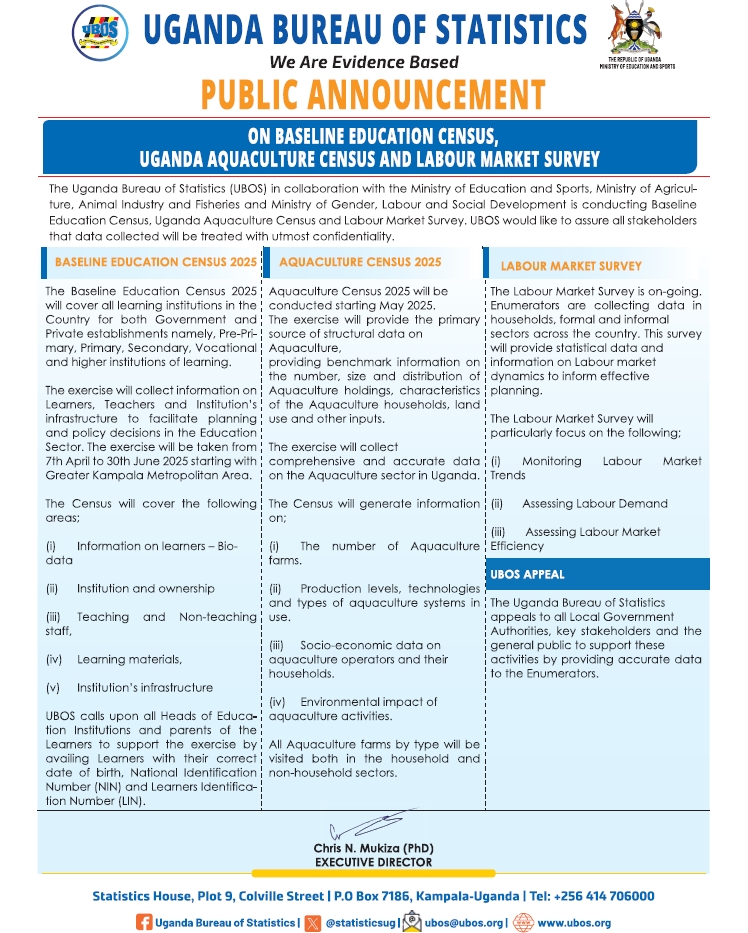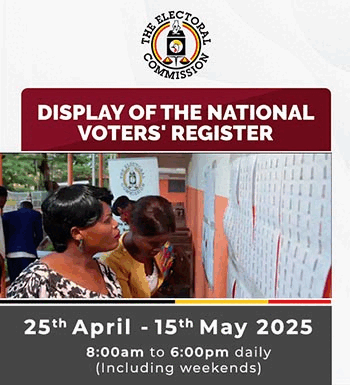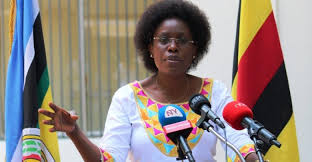The USMID (Uganda Support to Municipal Infrastructure Development) second phase, also known as USMID-AF, is projected to begin in July 2025. This new phase will expand the program’s geographic coverage to include eight additional municipal local governments and eight districts, particularly those impacted by refugee influxes. The World Bank has provided additional financing for this second phase, aiming to further enhance institutional capacity and infrastructure development in these areas.
The second phase will extend USMID’s reach to Kitgum, Kamuli, Mubende, Kasese, Busia, Ntungamo, Apac, and Lugazi municipalities, along with Adjumani, Moyo, Yumbe, Arua, Isingiro, Kiryandongo, Kamwenge, and Lamwo districts

According to Ministry Spokeperson Dennis Obbo,USMID-AF aims to deepen the impact of the program in terms of institutional strengthening, planning and financial management, infrastructure provision, and local economic development
He says World Bank has provided a significant financial contribution (US$ 360 million) to support the implementation of USMID-AF
“After the successful implementation of the first phase of the Uganda Support to Municipal Infrastructure Development (USMID) Program, Government, has received additional financing to the tune of US$ 360 million from the World Bank/IDA to implement the second phase of the Program (USMID Additional Financing-USMID-AF) for 5 years starting in fiscal year 2018/19,”Obbo said.
He further said USMID-AF will maintain the development objective of “Enhancing Institutional Capacity of Selected Local Governments” BUT the geographical coverage of the Program will extend to Eight additional municipal local governments of Kitgum, Kamuli, Mubende, Kasese, Busia, Ntungamo, Apac and Lugazi and also introduce support to 8 districts of Adjumani, Moyo, Yumbe, Arua, Isingiro, Kiryandongo, Kamwenge and Lamwo, that have faced a high influx of refugees to strengthen these LGs’ abilities to cope with the recent and future refugee influx in Uganda and to deliver critical infrastructure to host communities/local governments.
The program will deepen impact and results in terms of institutional strengthening, planning and financial management, infrastructure provision and local economic development. USMID-AF draws alot of lessons from the implementation of the first phase of USMID.
Obbo said the Ministry and the Program Support Team has prepared an Operational Manual for USMID-AF in order to guide the participating Municipal and District Local Governments in the implementation of the Program.

The program will be executed and coordinated by the MLHUD which is responsible for urban development. The institutional strengthening at the municipal Local Governments level will target technical, fiduciary (financial and procurement), Local Economic Development and environmental and social sustainability with a focus on the following seven thematic areas:
i. Improved linkage between Municipal Physical Development Plan, Five-year Development Plan and Budgeting;
ii. Increased municipal own source revenue (OSR);
iii. Improved procurement performance;
iv. Improved municipal Accounting and core financial management
v. Improved Execution/Implementation of infrastructure sub-projects for improved urban service delivery;
vi. Improved accountability and transparency (monitoring and communication); and
vii. Enhanced environmental and social sustainability (Environmental, social and resettlement due diligence).
Uganda is currently the largest host of refugees in Africa and the third-largest host in the world, with over 1.4 million refugees. Refugees settled in Northern Uganda, predominantly in the West-Nile sub-region, now constitute more than one-third of district populations.
The influx of refugees has turned the rural communities into settlements with urban characteristics. Uganda has one of the most progressive refugee regimes in the world, where refugees have right to work, establish business, move freely within the country, access social services, own property, and obtain documentation.
Refugees are also given plots of land on which to cultivate and build houses. This is putting enormous pressure on the Local Governments’ ability to provide adequate infrastructure and services to this rapidly increased population, given that refugees are not limited to refugee settlements and can freely move to urban areas and access services.
Most long-term refugees have failed to “graduate” from humanitarian aid at a time when humanitarian budgets are shrinking. It is therefore, critical to find ways to transition from humanitarian to development responses in Uganda and move from parallel to integrated service provision.
USMID-AF will contribute directly to this aim through infrastructure investments and strengthening of the planning process, which will seek to facilitate the transition from the emergency response to long-term development and socio-economic integration.


